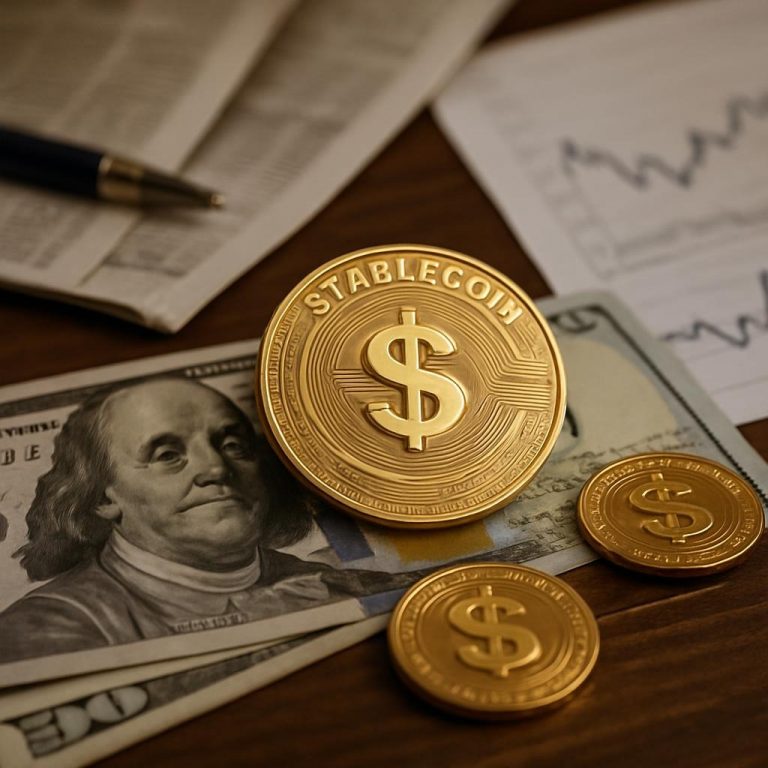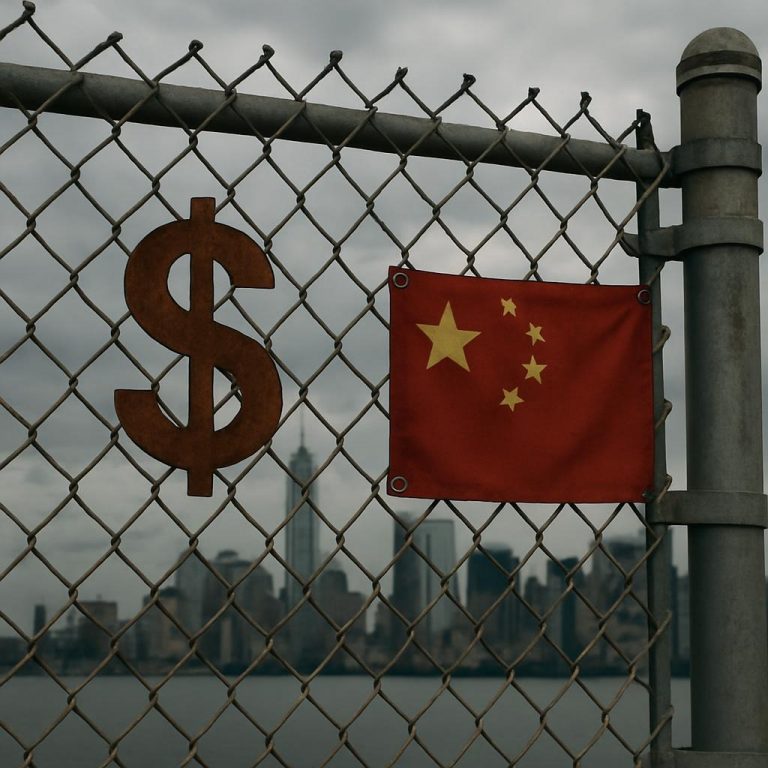
The term “AI bubble” refers to the overvaluation and speculative frenzy surrounding artificial intelligence technologies, echoing past tech booms like the dot-com era. While AI holds transformative potential, many startups and investments are driven more by hype than substance, raising concerns about sustainability, regulation, and long-term impact. If the bubble bursts, only technologies with real-world utility and infrastructure backing—like AI chips, robotics, and healthcare diagnostics—are likely to endure.
💭 General Understanding
- AI Bubble Definition: An AI bubble occurs when companies developing AI are valued far beyond their actual performance or profitability, driven by hype rather than fundamentals. Source
- Comparison to Dot-Com Era: The IMF warns that today’s AI boom mirrors the dot-com bubble, with surging valuations and speculative spending, though it’s less debt-driven. Source
- Signs of a Bubble: Circular financing, inflated valuations, and lack of ROI in AI pilots are key indicators. Source
- Hype Cycles’ Role: Gartner’s Hype Cycle shows how inflated expectations lead to bubbles, followed by disillusionment and eventual stabilization. Source
📈 Investment & Economics
- Overvaluation by VCs: AI startups, many of them loss-making, have reached nearly $1 trillion in combined valuation, raising bubble concerns. Source
- Speculative Investments: Investors continue pouring money into AI despite limited returns, driven by fear of missing out and inflated expectations. Source
- Business Model Sustainability: Many AI firms lack product-market fit and profitability, with 95% of enterprise pilots failing. Source
- Economic Impact of a Burst: A collapse could wipe out $40 trillion in market value, trigger bankruptcies, and destabilize tech-heavy economies. Source
🧠 Technology & Capabilities
- Overselling AI: AI systems are often oversold, with exaggerated claims about autonomy and intelligence. Source
- Ignored Limitations: Investors overlook issues like hallucinations, bias, and lack of reliability in generative AI. Source
- Development vs. Expectations: Media hype has outpaced actual progress, creating unrealistic expectations. Source
- Adoption Drivers: Many companies adopt AI to follow trends rather than solve real problems, leading to poor ROI. Source
📰 Media & Public Perception
- Media Influence: Media framing shapes public perception, often amplifying AI’s promise while downplaying risks. Source
- Exaggerated Claims: Regulatory bodies like the FTC are cracking down on deceptive AI marketing and “AI washing.” Source
- Influencer Hype: Influencers and tech evangelists amplify AI hype, sometimes without technical grounding. Source
🛡️ Risks & Regulation
- Critical Sector Risks: Rapid AI adoption in energy, finance, and healthcare introduces systemic vulnerabilities. Source
- Government Response: Institutions like the IMF and MIT warn of instability and call for better risk frameworks. Source
- Regulatory Crackdowns: Global regulators are targeting inflated claims and pushing for transparency, which could deflate the bubble. Source
🔮 Future Outlook
- Post-Bubble Landscape: Expect a shift to value-driven growth, with infrastructure and real-world applications leading recovery. Source
- Survivable Technologies: AI chips, robotics, healthcare diagnostics, and modular enterprise tools are likely to thrive. Source
🎥 Recommended Documentaries
- The Great Hack (Netflix) – On data, AI, and manipulation
- Coded Bias – Explores algorithmic discrimination
- iHuman – Investigates AI’s political and economic impact
- The Social Dilemma – On AI-driven platforms and public perception
- Do You Trust This Computer? – Examines AI’s existential risks
- AlphaGo – On AI’s capabilities vs human intuition
- Terms and Conditions May Apply – On tech deception and consumer rights
Keywords: AI bubble, tech hype, generative AI, venture capital, speculative investment, media influence, regulatory crackdown, AI sustainability, post-bubble recovery, AI documentaries.






